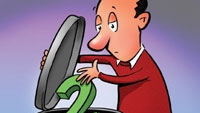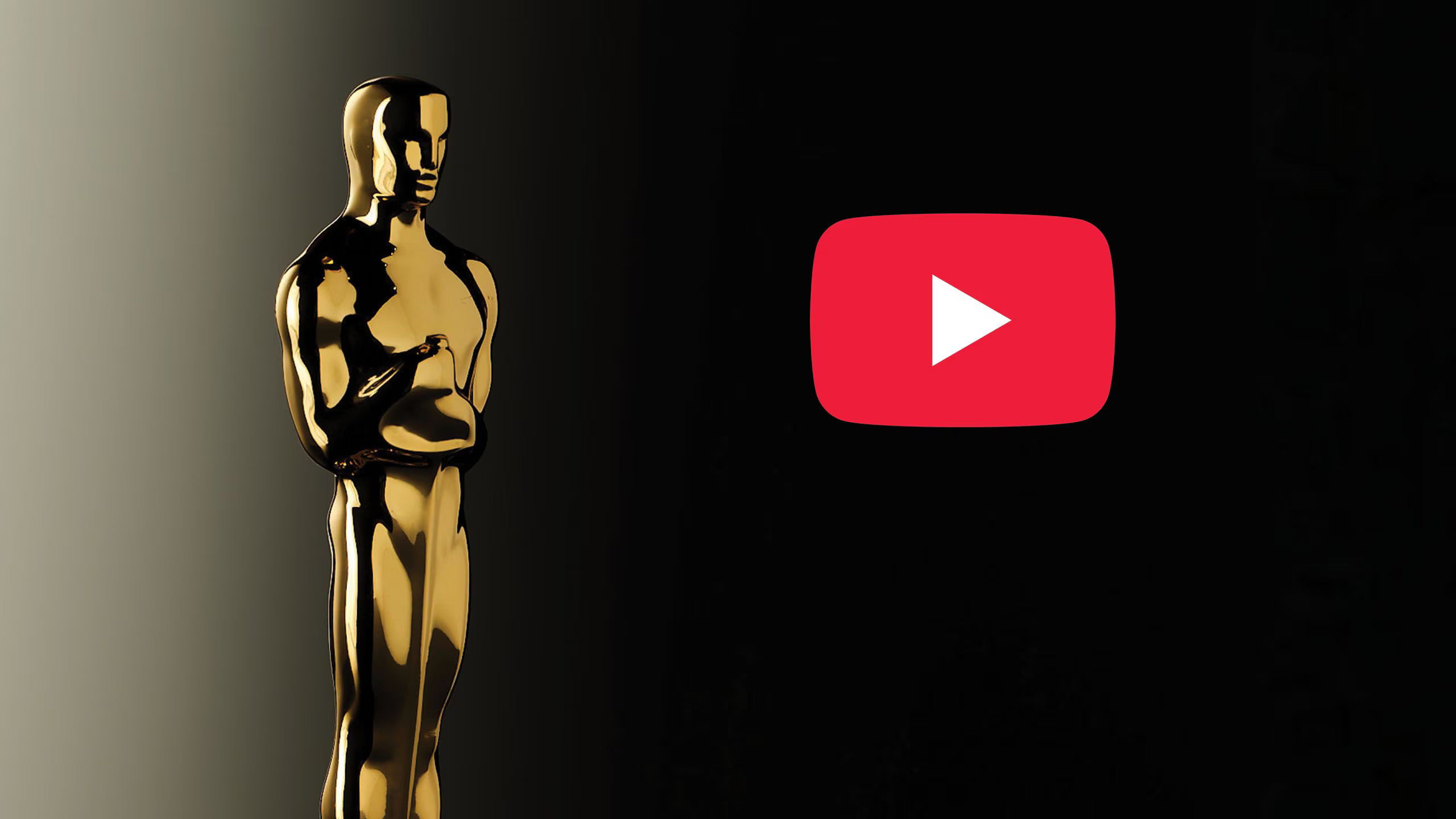Change is just around the corner
With the analog switch-off in progress around the world, in many cases, the replacement has been an MPEG-2 service. From ATSC to SD satellite services, MPEG-2 has been the primary means of delivery. However, the technology has now evolved with the availability of lower cost MPEG-4 decoder chips. The pressures on bandwidth — stemming from the shift of services from SD to HD and the demand for new channels — means that a migration from MPEG-2 to the more efficient MPEG-4 is inevitable.
It appears that the rollout of digital STBs is going to be followed soon by the switch from MPEG-2 to MPEG-4. While a fair proportion of the public looks at buying a television receiver as a 10-year investment, early adopters of technology expect a product life of about three years. For the latter group, junking a $50 STB after three years is no big deal, but the former group may not be too happy.

The issue is: Who pays for the format changes from analog to digital and then MPEG-2 to MPEG-4? In some countries like the United States, MPEG-2 STBs have been subsidized by government coffers. In other countries, the public must buy their own boxes. Of course, in the end, we all pay, but subsidies help the poor and needy. We all benefit from more efficient use of spectrum, especially in the UHF band, so it is in everyone's interest to upgrade to MPEG-4.
Some STBs must be purchased by the consumer, but others are supplied by the operator. For cable and IPTV operators, the capital expenditure on the provision of boxes is considerable. The need to amortize the cost of boxes must be balanced against the need to deliver the latest services and remain competitive.
A city with a population of millions has different needs than a rural community. Countries with high cable penetration have different needs than those that use terrestrial as the primary means of delivery.
There may be alternatives to constantly changing compression formats. One technology that shows promise is dynamic spectrum allocation. Although not appropriate for 24/7 broadcasts, it could make the sharing of other parts of the spectrum a lot more efficient than fixed allocation to specific services.
Will the public stand the change from MPEG-2 to MPEG-4? For the nontechnical, coping with the change to digital has been enough of a problem. What will they say about MPEG-4 digital vs. MPEG-2 digital? Not much. It will be seen as a way to get consumers to keep buying new equipment.
The professional video industry's #1 source for news, trends and product and tech information. Sign up below.
So far, MPEG-4 services have been startups or have taken place in areas without MPEG-2 service. In that case, the public is going straight from analog to MPEG-4. The problems exist in areas that converted to digital early in the technology cycle.
For the operator, the 50 percent savings in bandwidth is attractive. The enigma is how to deal with the legacy investment and how to handle a second changeover for the viewer. Analog standards were stable for half a century. As the pace of technological change accelerates, how long will MPEG-4 remain at the leading edge?
Send comments to: editor@broadcastengineeringworld.com
